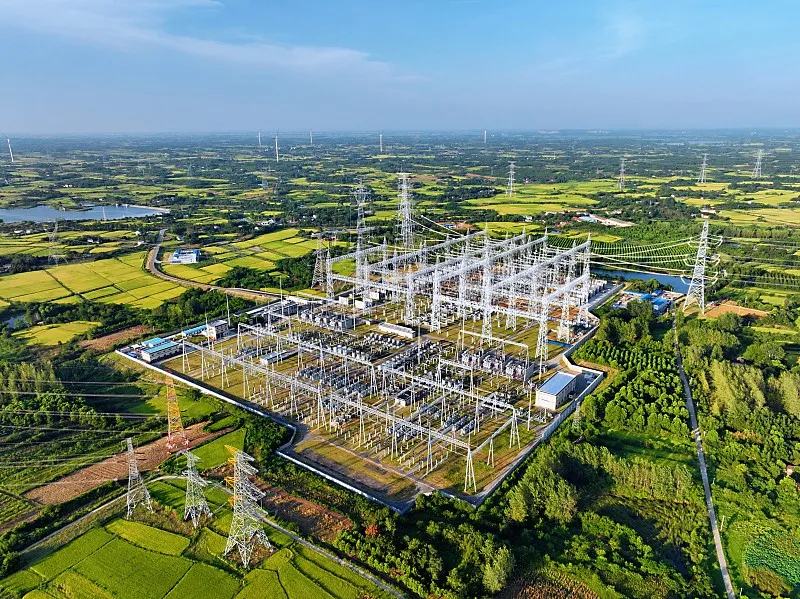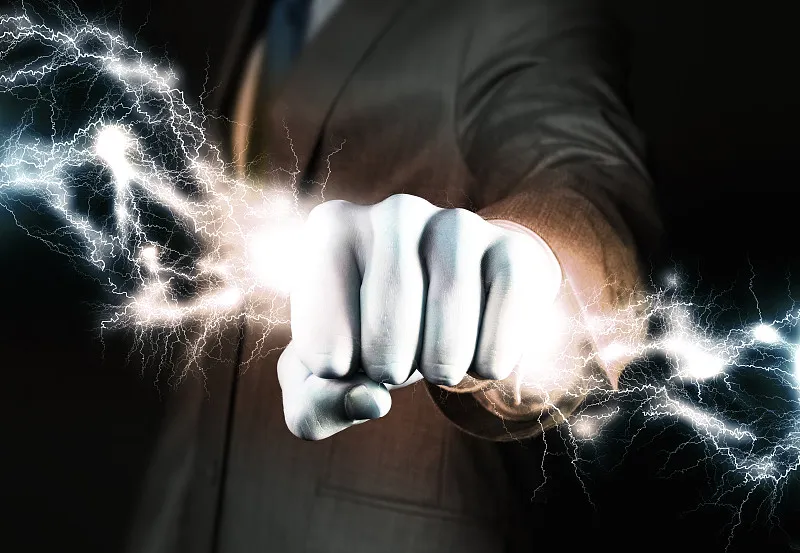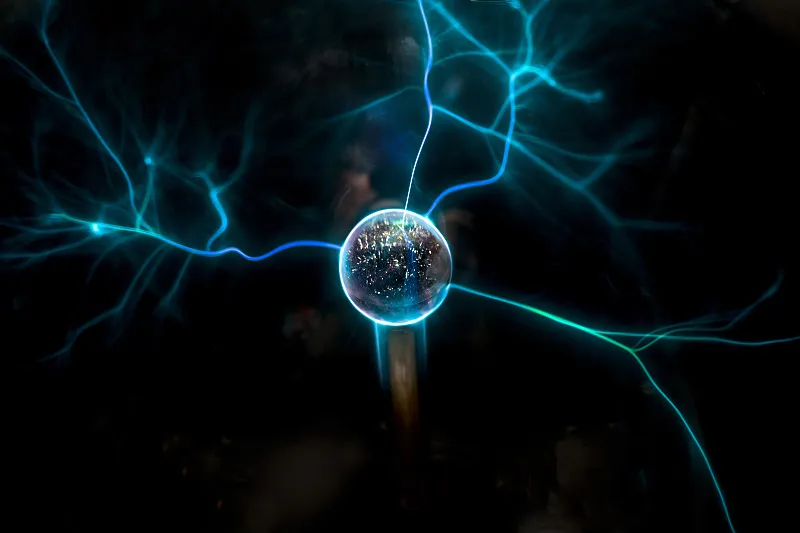Gas vs. Electric: Comparing Efficiency in Home Heating
Understanding Home Heating Efficiency Fundamentals
Gas Heating Systems: Infrared and Convection Technologies
Gas heating systems come in a variety of forms, leveraging technologies like infrared and convection to provide warmth efficiently. Infrared heaters operate by emitting radiant heat, which travels through the air and directly warms objects and surfaces, akin to how the sun heats the Earth. Convection heaters, on the other hand, heat the air in the room, creating warm air currents that circulate to evenly distribute heat. Gas heating systems are noted for their efficiency ratings and flexibility in installation, offering rapid heating capabilities which are particularly beneficial in larger spaces or industrial settings. They primarily utilize natural gas or propane, each influencing the system's performance; propane is often used in portable applications like camping heaters, whereas natural gas supplies homes more consistently. According to the U.S. Department of Energy, gas heating systems can achieve up to 98% combustion efficiency, maximizing energy savings considerably.
Electric Heating Solutions: Radiant and Forced Air
Electric heating solutions offer a different approach, utilizing radiant heating and forced air systems to provide warmth. Radiant heating systems, such as electric panels or underfloor heating, provide direct heat to surfaces and individuals in the room, creating a comfortable environment with energy-saving features. Forced air systems, like electric furnaces, distribute heat throughout spaces by circulating warmed air via ducts. Electric heating is celebrated for its energy efficiency and user control capability, which allows for adjustments based on seasonal variations, making it suitable for temperate climates. However, electric systems can suffer performance issues in extreme cold conditions and fluctuate in cost, as electricity pricing varies. Programs focused on energy efficiency highlight the technological advancements and consumer reports generally underscore the user convenience and operational efficacy of these systems. Despite potential drawbacks, electric heating remains a popular choice for households seeking cleaner and adaptable heating options in the long run.
Installation Costs and Complexity Compared
Gas Heater Setup: Venting and Infrastructure Needs
Installing gas heaters requires careful attention to venting and infrastructure needs. Unlike electric systems, gas heaters need a venting system to safely expel combustion gases, which adds to structural considerations. This involves connecting the appliance to gas lines, ensuring proper vent sizing, and potentially modifying or adding a chimney flue.
- The installation process often incurs costs for permits and inspections, which vary depending on local regulations. Historically, retrofitting existing homes for gas systems results in higher complexity and costs compared to new installations.
- According to industry reports, the average installation of a gas heating system can range from $4,500 to $7,500, depending on the size and complexity of the housing structure. Ultimately, while the upfront cost might be significant, the long-term efficiency and savings of gas heating systems often substantiate the initial investment.
Electric Heating Installation Simplicity
Electric heating systems offer a simpler installation process, primarily due to minimal venting and infrastructure requirements. Without the need to install complex venting systems, electric heaters become a more straightforward option, especially for urban areas with existing electrical infrastructure.
- The cost implications of installing electric heating systems vary, but they are generally lower than gas system installations, particularly in urban settings where power lines are readily available. In rural areas, additional infrastructure might be necessary, potentially increasing costs.
- Examples of quick setup systems include portable electric heaters, which provide an effective supplemental heat source with minimal installation effort. According to evaluation by home improvement sources, these systems can be installed in under a day, with typical costs ranging from $1,500 to $3,000. This ease of setup translates into customer savings on initial costs and quicker deployment times.
Operational Efficiency and Energy Cost Analysis
Fuel Price Dynamics: Natural Gas vs Electricity
Analyzing the fuel price dynamics between natural gas and electricity provides critical insights into energy cost efficiency for homeowners. Currently, natural gas is significantly more affordable than electricity. According to the U.S. Department of Energy (DOE), natural gas is 3.3 times more affordable than electricity for delivering the same energy amount. This cost advantage stems from the geographic abundance of natural gas in the United States, leading to substantial savings for households that use it. The American Gas Association (AGA) reports that natural gas consumers can save an average of $1,068 annually compared to those using electricity for heating, cooking, and laundry. While electricity prices are projected to remain stable, natural gas is expected to maintain its price advantage. Historically, natural gas has been projected to be half to one-third the price of other fuels through 2050. Reliable energy market sources highlight that these market trends have long-term implications for heating costs, influencing the choices homeowners make about their heating systems.
Heat Pumps: Revolutionizing Electric Heating Efficiency
Heat pumps are revolutionizing how we think about electric heating and cooling efficiency. These devices work by transferring heat from cooler spaces to warmer ones, rather than generating heat through fuel combustion, which makes them much more efficient. They can provide heating in the winter and cooling in the summer, operating with about 300% to 400% efficiency under optimal conditions. This means for every unit of electricity consumed, they deliver three to four units of heating or cooling energy. In comparison to traditional electric heating systems, heat pumps offer remarkable cost-effectiveness over the long term. Several case studies have demonstrated significant energy savings, with homeowners reducing their carbon footprints dramatically. According to the Environmental Protection Agency (EPA), modern heat pumps can cut heating-related energy costs by up to 50%, compared to baseboard heaters or electric furnaces. Their efficiency and versatility, combined with potential rebates and incentives, position heat pumps as a promising solution for sustainable home heating.
Safety and Environmental Impact Assessment
Combustion Risks and Carbon Monoxide Concerns
Gas heating systems, while efficient and widely used, carry certain safety risks, notably the potential for combustion-related incidents and carbon monoxide poisoning. Carbon monoxide is a colorless and odorless gas, making its detection in homes difficult without proper equipment. It is critical that homes utilizing gas heating systems are equipped with carbon monoxide detectors to prevent accidents. Regulations across various jurisdictions mandate the installation of these detectors, emphasizing the seriousness of the risk. According to the National Fire Protection Association, carbon monoxide incidents related to gas heating systems necessitate ongoing education and safety measures to mitigate risks. Research shows that timely intervention and adherence to safety protocols can significantly reduce the incidence of carbon monoxide poisoning.
Emissions Comparison: Gas vs Electric Carbon Footprints
When assessing emissions, gas heating systems generally produce more direct carbon emissions compared to electric systems. However, the situation becomes complex when considering the power generation methods for electricity. If the electricity is sourced from renewable energy, then its carbon footprint can be lower than that of gas heating systems. Studies have shown that renewable energy advancements play a pivotal role in minimizing the carbon footprint of electric heating solutions. Moreover, research from governmental environmental agencies highlights that the future of home heating lies in carbon reduction strategies, potentially through hybrid solutions that combine efficient gas appliances with renewable electric heat sources. As energy policies evolve, exploring these innovative approaches provides a pathway to substantial emissions reductions.
Regional Suitability and Climate Considerations
Ideal Applications for Gas Heating in Cold Climates
Gas heating systems are highly effective in extremely cold climates due to their rapid heating capabilities. In regions with severe winters, such as the northern United States and Canada, gas heaters can quickly warm up spaces, making them a preferred solution for both residential and commercial applications. Additionally, propane camping heaters, commonly used for outdoor activities, are capable of maintaining comfort in frigid temperatures, underscoring the reliability of gas in such conditions. For example, a report by the U.S. Department of Energy highlights the lower energy costs associated with natural gas, further advocating its use in these regions. Moreover, energy consumption studies underscore that gas heaters offer superior performance in cold environments compared to electric alternatives, providing both efficiency and cost-effectiveness. HVAC experts often recommend gas heating solutions for areas where extremely low temperatures are prevalent due to these compelling benefits.
Electric System Advantages in Moderate Zones
In moderate climates, electric heating systems offer notable advantages due to their efficiency and flexibility. These systems are well-suited for areas where the temperature variability does not demand rapid heating solutions, making them ideal for locations such as California or the southern parts of Europe. Electric systems not only provide consistent heating but also integrate well with renewable energy sources, contributing positively to the overall carbon footprint. This integration is feasible as power grids in these regions increasingly rely on clean, renewable energy. An analysis by the Rocky Mountain Institute indicates that heat pumps—an electric heating solution—deliver a higher efficiency and less carbon emission over a 15-year appliance lifetime, particularly in climates where heating demand is moderate. Regional surveys reflect a growing consumer preference for electric solutions due to their environmental benefits and the ongoing advancements in heating technologies. Insights from various market research studies suggest this trend is likely to continue, driven by innovations and a shift towards sustainable energy practices.







